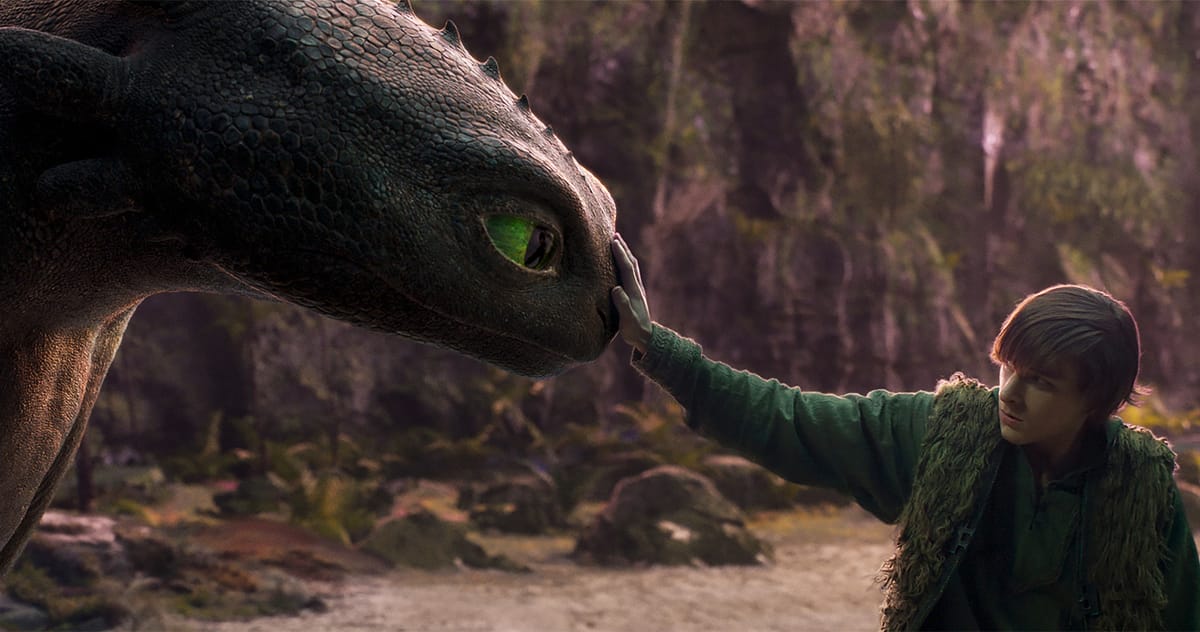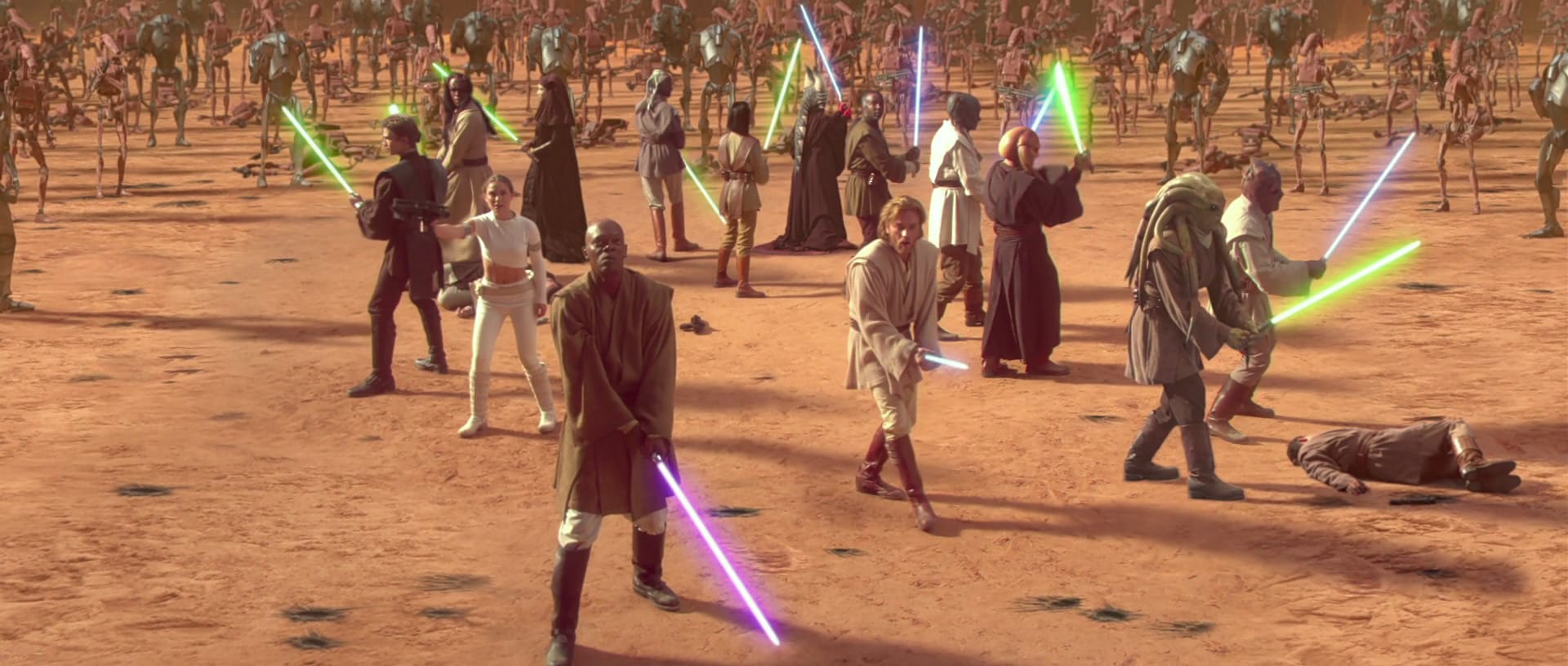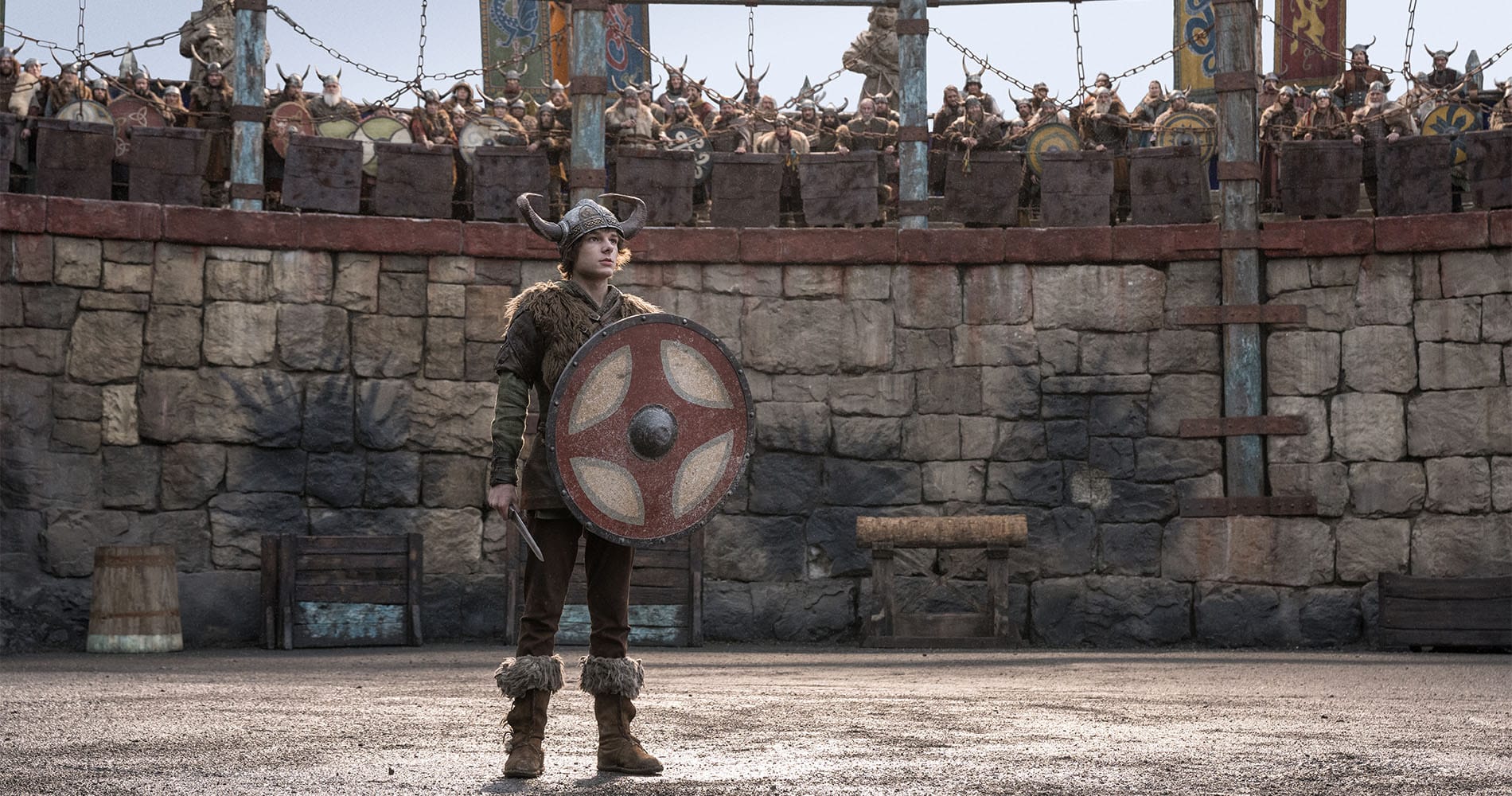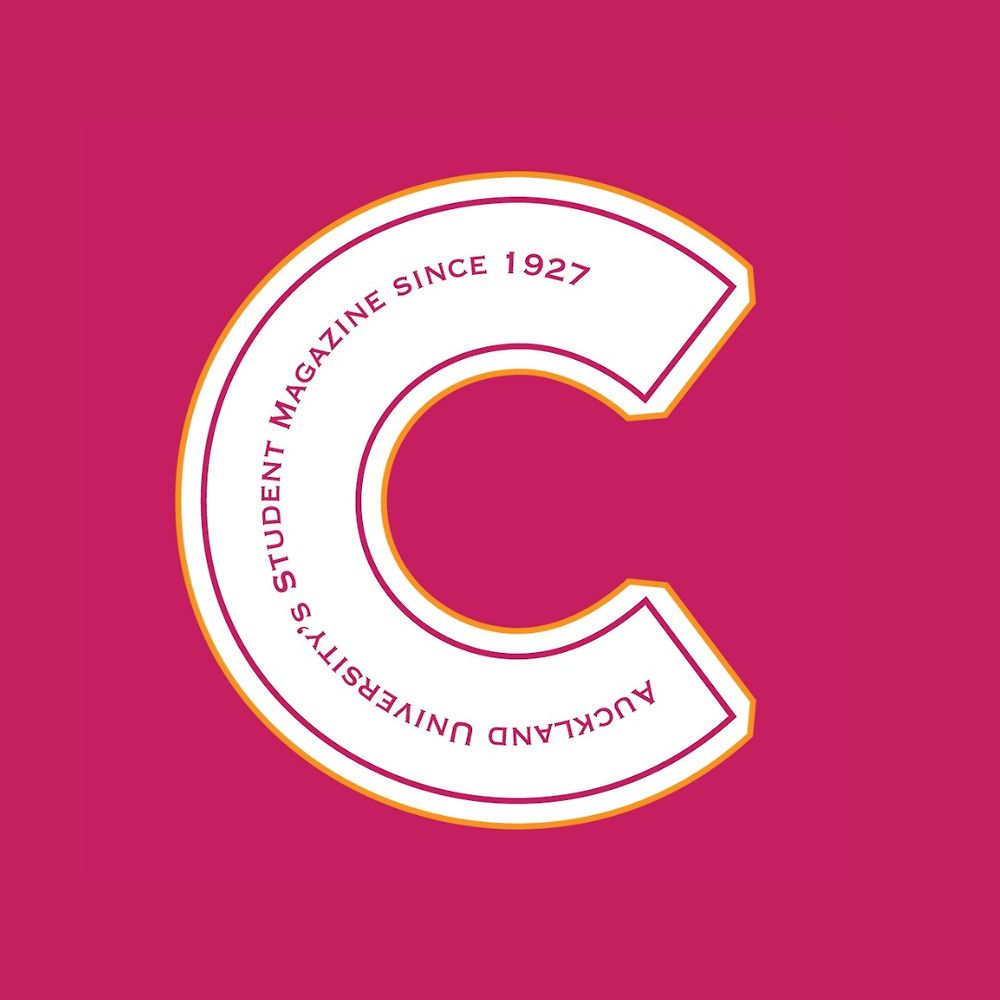How to Train Your Dragon (2025): A close reading about live-action remakes
Or how this 2025 live-action remake embraces its CGI qualities as a valid form of digital myth-making.

I wouldn't discount this 2025 live-action of How to Train Your Dragon entirely, only for the sole reason that it falls within an interestingly storied tradition of films (almost) being shot-for-shot remakes of their original counterparts.
Think Gus Van Sant's 1998 shot-for-shot remake of Hitchcock's Psycho (1960), Michael Haneke's 2007 shot-for-shot remake of his own Funny Games (1997), or David Lee Fisher's 2023 shot-for-shot remake of Murnau's Nosferatu (1922). A more accurate and recent comparison would be Jon Favreau's live-action contributions to Disney, such as the remake of The Jungle Book (2016) and The Lion King (2019).
Despite what most remakes are set out to do and marketed as familiar, nostalgic slop with guaranteed return on investments based on trialled and tested IP, the key to appreciating Van Sant, Haneke, and now director Dean DeBlois' second go at their source material through the shot-for-shot remake is by reorienting your focus away from the narrative and into the audiovisual alterations/modifications/replications inhabiting a now paradoxical space of preserving or revising stories across multiple degrees of previously mediated separation. In other words, we participate in a 'collective myth-making' by taking which parts we like and discarding those we don't like.
A story like How to Train Your Dragon—from Cressida Cowell's original children's book to its animated adaptations to now its live-action iteration—cannot be a more fitting and exemplary foundation to produce adaptations that probe ideas about intergenerational conflict and the struggle to commensurate one's desire for social inclusion through tradition against one's need for individual autonomy existing outside the bounds of said tradition. Much like Hiccup's predicament by the end of the film, DeBlois himself achieves a fascinating synthesis of infusing myth with a 21st-century edge that celebrates its structural/affective disjunctions that coat its familiar interior.

To return to Favreau's Disney adaptations, both The Jungle Book and The Lion King remakes treat their source material through the cinematic conventions of 'realistic' nature documentaries by using high-definition camera equipment with long focal lenses, fast shutter speeds and high frame rates. However, his intention to shoot live-action does not follow in the familiar footsteps of what 'cinematic realism' seeks to achieve, or at least it disrupts our false assumptions of live actors and actresses that necessitate their photographically realistic representation. In an interview for Business Standard on The Jungle Book, Favreau shares,
The idea of going out to the jungle and shooting this, it just felt like it wouldn't have the magic that the 1967 film had had. There was a dreamlike quality to it. There was a surreal quality to it… And so I wanted to make sure we preserved that... Look at 'Life of Pi', 'Avatar'. Why not use the technology to create a whole world that transports you? Let's really embrace this new technology and see what we can do if we push its limit.
This is the paradox of live-action reality: it displaces reality to offer a more augmented, idealistic and fantastical version of reality. This makes it no different from any other 2D or 3D animated movie produced by Studio Ghibli, Pixar or Illumination. As for How to Train Your Dragon, one could make the case that this 2025 remake IS essentially an animated film (this film does have an accredited animation team.) The film's combinative and exhaustive use of CGI, 3D modelling, and both digital and painted art rebuts the false expectations of live-action needing to abide by the same representational rules of realism or any laws of thermodynamics.
While most shot-for-shot remakes don't entirely replicate every single aspect of their original material (Van Sant added multiple scenes in Psycho, Haneke considers his 2007 Funny Games remake featuring American characters the ideal version of his film, Fisher heavily utilised green screen technology for his Nosferatu remake as opposed to Murnau's practical lighting effects), DeBlois interestingly films the first meeting between Hiccup and Toothless entirely shot-for-shot to the original animated film. What one leaves in is often just as interesting as what one leaves out, and this decision—at least for myself—indicates what Deblois deems to be eternalised and unchanged: the bond between a boy and his pet.
To be able to intimately bond with another party without the constricting formality of language, to be able to embody a certain humility and openness amidst the unfamiliarity of change, to be able to embody a certain bravery and zealousness to action against cultural injustice, these are the traits that DeBlois does not want to alter or modify.
What is altered and modified in How to Train Your Dragon—if one were to treat live-action in the same vein Favreau treats The Life of Pi (2012) or Avatar (2009)—is how our real-life characters interact within the fantastical, world-building soup of computer and analogue animation and special effects. CGI often gets a bad rep for its supposed lack of visual ingenuity compared to practical effects or its supposed 'clutter' and 'blurriness' oversaturating the frame à la Michael Bay's Transformers franchise.

In writing about the use of CGI in George Lucas' Star Wars prequels, filmmaker Isiah Medina reflects,
Beginning with 'Episode II: Attack of the Clones', Lucas placed a primacy on the computer generated imagery, the use of blue and green screen, and the least amount of physical sets possible. On the first day of shooting, Ian McDiarmid would address crosses and markers while on a podium in an elevated pod. Brian Jay Jones wrote that many of the actors felt anxiety when performing within the blue screen—crucial to note, as it is only anxiety and enthusiasm that do not lie. If anxiety, as relation to the real, appears when actors are surrounded by a blue screen, perhaps the filling of the blue can be called courage.
Medina's perspective eloquently mirrors my fascination with How To Train Your Dragon's use of 'digital' live-action. By casting real-life actors, we implicitly intuit a level of 'shared physiology' within a character's movement, action and reaction. In other words, we 'feel' the same 'feelings' a character is physically experiencing in front of us. Whether it be phantom pains from male characters getting hit in the groin or our involuntary flinching whenever a character gets punched or falls down during action scenes, this basic physiological connection between the viewer and the character is the lynchpin from which the film will transfigure this 'mortal struggle' into a 'metaphorical struggle' via the open blue and green canvas of CGI.
Because dragons aren't real (truly a sad world we live in) and only fictionally exist within the diegetic narrative we are experiencing, the metaphorical function of dragons as a struggle with the 'other' acts as a substitute for the physical pain and mortal struggle immediately faced by our characters. If the traditional way of overcoming the 'other' through death by physical violence proves insufficient, what is required is another way to orient oneself before the dragon 'other'.
The struggle of Berk's inhabitants with the 'other' primarily through violence is a struggle motivated by repulsion and Social Darwinist anxiety. The film's 'dragon training' scenes heavily utilise slapstick elements to highlight the pointlessness of engaging with the creatures through aggression. Hiccup's friends frequently pratfall, clumsily hit each other with weapons, and mindlessly run around in circles trying to avoid the gazes of the dragons they are trying to defeat. Berk fears the Night Fury because they are unable to visualise it, to record its existence. Anxiety over the unknown possibilities of the blue and green screen paralyses Berk.
Hiccup overcomes this struggle by embodying the antithesis of Berk's intergenerational tradition of fear and 'protectionism at all costs'. In the same way actor Mason Thames—who plays Hiccup—holds out his hand to catch a non-existent dandelion that will be added later as CGI 'in post', in the same way he first climbs up on top of Toothless' tail to attach the prosthetic fin he's made, in the same way he leans on Toothless as he hobbles along on his CGI prosthetic leg, the actor reaches out for things and objects that he isn't able to entirely see during the filming process, but has complete trust and certainty—both on set and in the narrative—that he is safe interacting with the 'other' that is yet to be actualised, that is yet to come 'alive' and 'digitally rendered' on screen and reward his courageousness and faith. These simple gestures of extending out into the 'emptiness' is how Hiccup 'fills in the blue screen'. By virtue of the 2025 remake's shot-for-shot structure, Hiccup's courageousness has been determined from the beginning, or at least remains true, consistent and universal across all adapted versions of the story.

To continue on Medina, if the coherent representation of the space allows for determination and orientation and it is indeterminacy that is imprisoning, Hiccup successfully overcomes the imprisoning powerlessness of facing the 'other', the blankness of the blue and green screen by making the first act of freedom, the first brushstroke across the canvas that stakes a claim of individual expression. And because Hiccup's destiny has been foretold and remains consistent throughout all adaptations of the film's story, he is free to make the correct choices at the correct time and live the life he deserves. Admittedly, this is a very counterintuitive way of achieving freedom through determinism. But it is this same determinism that foretells Hiccup's break from his indeterminate limbo of choosing one allegiance (Berk's tradition) over another (Toothless); the film's ending and synthesis between the two is built-in.
Suppose this interpretation sounds like a deliberate removal of Hiccup's interiority and inner psychological conflict. In that case, I propose that Hiccup—in the same way Medina defines Anakin Skywalker's characterisation—represents the 'nothing' of subjectivity, to be nothing but equal to one's choice. In other words, Hiccup is the way he is because of his tangible decisions rather than the potential possibilities of those he could make. There is no 'subjectivity' because there is no indeterminate possibility of Hiccup making a choice that we know is out of character for him. That is how we—collectively as viewers alongside DeBlois—preserve and determine the integrity of Hiccup's story, the myth of his bravery and courage. The current story we have of him now is the story that we desire and find appropriate. The shot-for-shot conceit is informed by nothing else except the film's delineation between a digital dragon 'other' and the human characters' acceptance or refusal of them.
Nevertheless, it is only through How to Train Your Dragon's fundamental formal conditions created by the film's live-action conventions that engender such a possibility in the first place. It is a testament to the franchise's adaptability and very liberating use of computer animation that it still manages to draw interest to this day, even if the average Joe isn't as anal as myself about its unique reimagination of form that wasn't already evident in Hollywood's hard-on for live-action adaptation of children's IPs for the past decade. Whether or not A Minecraft Movie (2025) fulfils the same visual satisfaction as I did with this live-action remake is its own separate piece for another time 🙂

Follow Craccum on Letterboxd too! We've got much more film reviews there.






